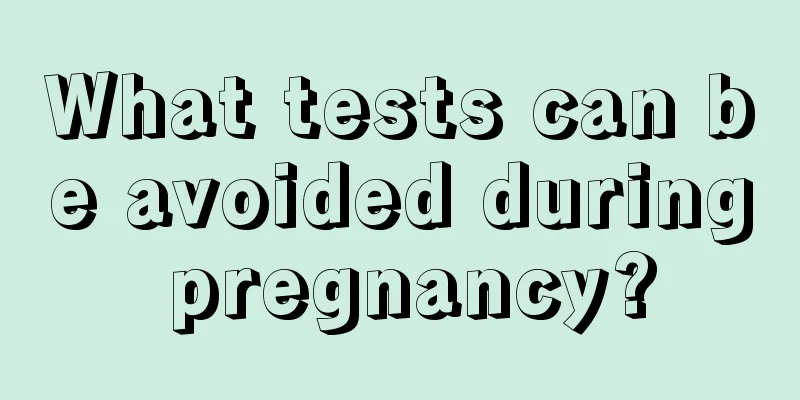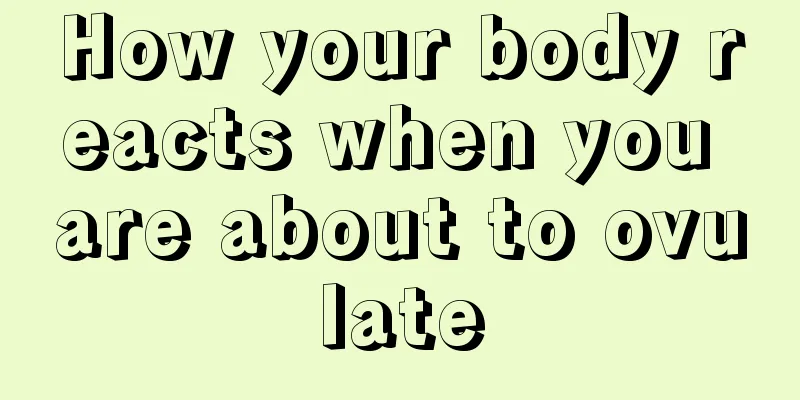How to understand the choice of sugar-free food

|
To understand sugar-free foods, we must first understand what sugar is. Sugar is a class of organic compounds, the main substance that produces heat energy in the human body, and can be divided into monosaccharides, disaccharides and polysaccharides. Monosaccharides mainly include glucose, fructose, galactose, etc.; disaccharides mainly include sucrose, maltose, etc.; polysaccharides are polymerized sugars composed of at least more than 10 monosaccharides, such as starch, cellulose and glycogen. The "sugar-free" in sugar-free food does not mean it is absolutely sugar-free or sugar-free. The internationally accepted concept is that sugar-free food cannot contain sucrose and sugars from starch hydrolysates, including glucose, maltose, fructose, starch syrup, glucose syrup, fructose syrup, etc. However, it must contain substitutes corresponding to sugar, generally using sugar alcohols or oligosaccharides and other sweeteners that can replace sucrose without raising blood sugar. According to the "General Principles of Nutrition Labeling of Pre-packaged Foods in the National Food Safety Standards" of my country, if a food is labeled as sugar-free or sugar-free, the sugar content should be ≤0.5 grams per 100 grams or per 100 milliliters of food. Sugar-free foods have become increasingly recognized and accepted as healthy products. When consumers choose sugar-free or sugar-free foods from a health perspective, they must keep in mind the following two key points: 1. Understand foods with high sugar content. Sugar is widely present in daily life. Natural foods with high sweetness often have high sugar content. Honey contains a large amount of glucose and fructose. Sweet fruits contain sucrose, fructose, and glucose. Fresh milk also contains a certain amount of lactose. Processed foods such as commercially available sugary drinks, cola, Sprite, iced black tea, etc. often contain sucrose, glucose, and fructose. In order to satisfy the taste, the sum of these three is often around 10%. 2. Take a good look at the ingredient list. Check whether it contains words such as "dextrin", "maltose", "starch syrup", "corn syrup", etc. Dextrin means it contains sugar; give priority to products containing oligosaccharides and sugar alcohols, and try to avoid products containing sweeteners such as "aspartame", "cyclamate", "acesulfame potassium", etc. 3. Do not ignore the role of starch. While avoiding natural foods or processed foods with high sugar content, special groups such as diabetics should not ignore the starch content when choosing "sugar-free" foods. When choosing processed foods, you should look at their nutritional composition table to see the amount of starch or carbohydrates. Starch is a polysaccharide, which will be quickly broken down into glucose after entering the gastrointestinal tract, thereby raising blood sugar. In short, wise consumers should never indulge themselves in eating foods and drinks that have little nutritional value just because they are labeled "sugar-free". |
>>: National Malaria Day: Refuse to be infected with malaria. Remember these facts
Recommend
Why does the azalea never bloom? What should I do if the azalea grows leaves but does not bloom?
As people's quality of life improves, more an...
Benefits of drinking wine for women
We know that drinking too much can easily harm th...
What to do if you are allergic to corn silk
I don’t know if you have ever passed by a corn fi...
Suspensory ligament rupture
Breasts are women's secondary sexual characte...
What causes hot urine in women
Perhaps many women will experience such a situati...
What are the exercises for vaginal tightening? How to do vaginal tightening exercises?
Many women often suffer from marital disharmony d...
What is the love meaning of saury? Why do we eat less saury?
Saury is quite common in Japan. It is inexpensive...
When is the best month to plant ryegrass? How to plant ryegrass to achieve a high survival rate
Ryegrass is a common plant in our lives. It is lo...
Don’t be afraid of cervical cancer. Do these three things to stay away from it!
Cervical cancer is the most common malignant tumo...
Can I eat pizza during confinement?
During the confinement period, mothers not only n...
The causes of bad breath: a comprehensive scientific analysis
The causes of bad breath: a comprehensive scienti...
Can I take estrogen after menopause?
It is normal for the human body to secrete estrog...
What should I do if I break up with my boyfriend? How can I quickly adjust myself after a breakup?
The most common emotional reactions of people who...
Reasons for hair loss after childbirth
The body of a mother will be in a special period ...
Can you raise lobsters in wild rice fields? What should you pay attention to when raising lobsters in wild rice fields?
Wild rice is a common vegetable on the table and ...









